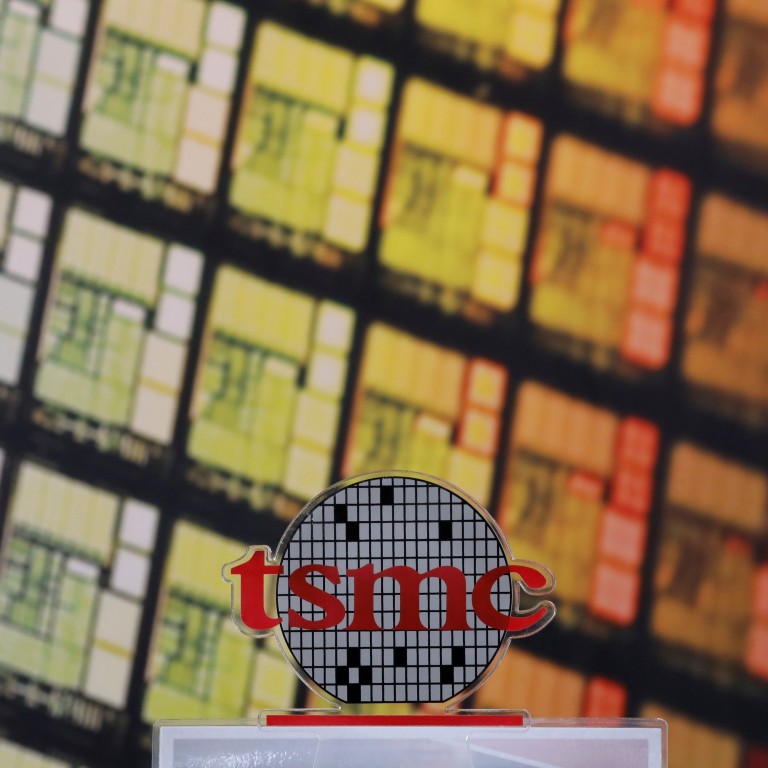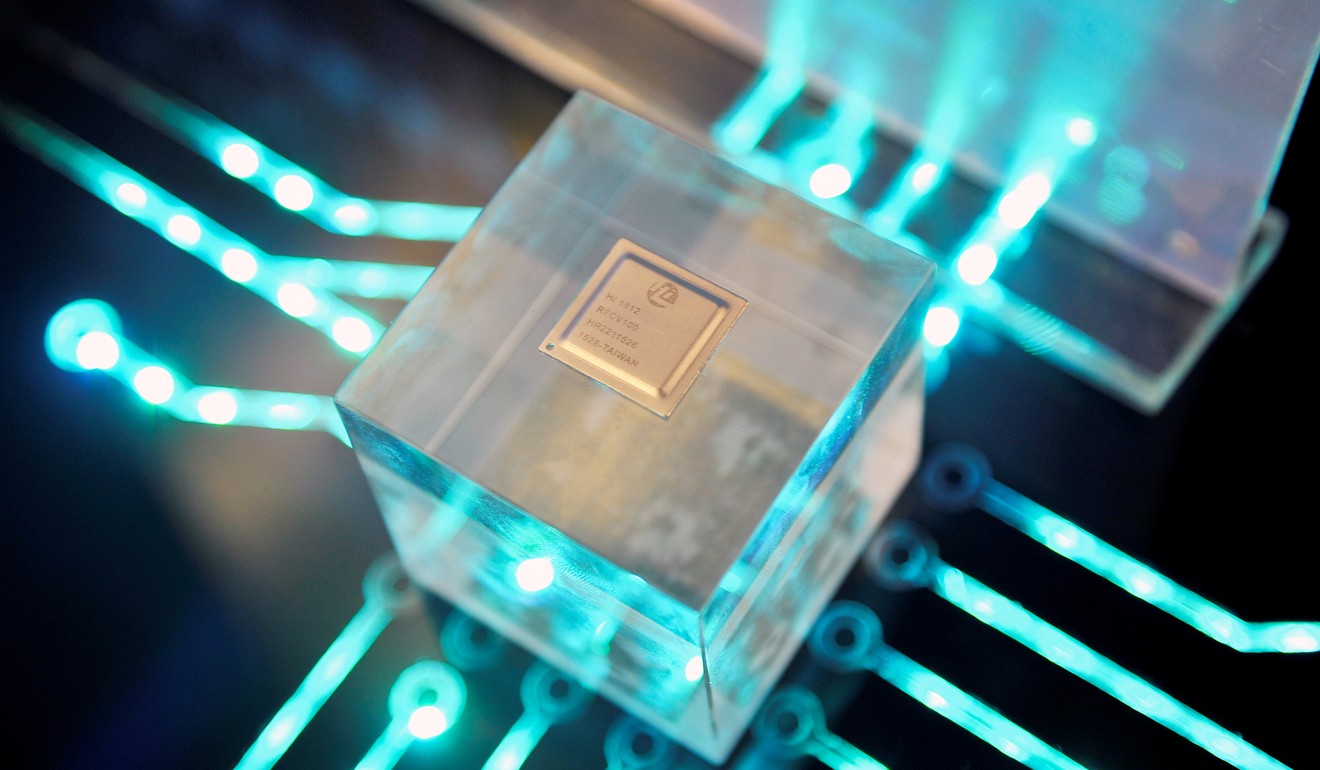
Why Taiwan’s role will be crucial in next phase of the US-China tech war
- Decades ago, Taiwan bet big on semiconductors to keep itself afloat, producing an industry powerhouse in the process
- Now, as development focuses on AI and 5G – technologies at the heart of the current US-China tech war – chip manufacturers on the island may be forced to choose sides
When then-US president Dwight D. Eisenhower visited Taipei in 1960, thousands cheered amid a sea of American flags as the motorcade made its way to the city centre. Ike addressed a crowd of half a million, pledging that America would support Taiwan over the communist-run People’s Republic of China.
Two decades later, the Taiwanese felt betrayed when then-president Jimmy Carter unilaterally cut diplomatic relations to recognise the PRC. Angry protesters stomped on peanuts – since Carter had a peanut farm before becoming president – and waved placards calling Carter all kinds of names.
Ironically, it was a bold gamble that helped Taiwan get to that position after Carter cut diplomatic ties. The government bet big on semiconductors – the core enabling technology for all consumer and military electronics applications. Taiwanese chip makers now account for one-fifth of global silicon wafer fabrication capacity.
In the wafer foundry segment, where chips are made to order, Taiwan Semiconductor Manufacturing Corp (TSMC) commands 48 per cent of the market, providing silicon wafers to the world’s so-called “fabless” chip makers, which focus their investment on chip design and outsource the manufacturing.
Twenty years ago, TSMC helped enable the US personal computer industry, spawning spectacular success stories like Nvidia, which became a giant in graphics processors.
Over the past 10 years, the same thing has happened in mobile devices, enabling the growth of Apple and Qualcomm into wireless tech giants.
Why technology disruption is doing more damage than trade friction
The next phase in chip development will focus on artificial intelligence and 5G wireless communications – technologies at the heart of the current US-China tech war because of their national security implications.
TSMC was able to flourish by acting as the Switzerland of semiconductor manufacturing, producing chips for fierce US competitors like AMD and Intel. In the smartphone market, it makes chips used by rivals Apple and Huawei.
Until two years ago, TSMC didn’t even break out its China sales. Last year, its annual report revealed that China accounted for 17 per cent of revenue. As TSMC’s proportion of China sales grows, its role in enabling Chinese tech companies to catch up to the US in semiconductors is starting to worry Washington.
Under Trump, US arms sales to Taiwan could be the new normal
The US Congress has already recognised such a risk during peacetime with a bipartisan bill known as the Microchips Act, introduced on July 30, to deal with external threats to the semiconductor supply chain.

Earlier this year, TSMC chairman Mark Liu told US Department of Commerce officials that building a new stand-alone wafer fab in the US would not be as cost-effective as in Taiwan, where the company operates three major manufacturing clusters.
However, he has also sought to ease Pentagon worries over supply chain tampering, saying that research is under way into ways to trace and detect that.
There’s more to building the Made in China brand than Huawei and Xiaomi
Washington could wield a big stick to ensure compliance for companies that resisted by applying entity list sanctions, similar to those it has imposed on Huawei in May and China’s AI and video surveillance companies last month, preventing them from purchasing US technology without approval.
For a chip maker, this would be a death knell because semiconductors cannot currently be produced in volume without relying on equipment from US companies like Applied Materials, Lam Research and Teradyne.
While mainland Chinese foundries can produce chips for everyday applications, TSMC’s ability to manufacture devices at the most advanced level – known as 7-nanometre lithography in industry jargon – puts it in an unassailable position. China can never catch up, no matter how much money Beijing throws at the problem.
It marks a shift in US policy, with Washington directly working with Taiwan on mainland Chinese issues instead of letting the two sides resolve their own differences.
If the Trump administration wants to cut China’s tech rise off at the knees, it knows where to go for help. The only question is, will Taiwan accept the quid pro quo?
Craig Addison’s 2001 book Silicon Shield and 2009 documentary of the same name told the comeback story of Taiwan, which risked national survival on developing a successful electronics industry after the US cut diplomatic ties. Follow @craigaddison


